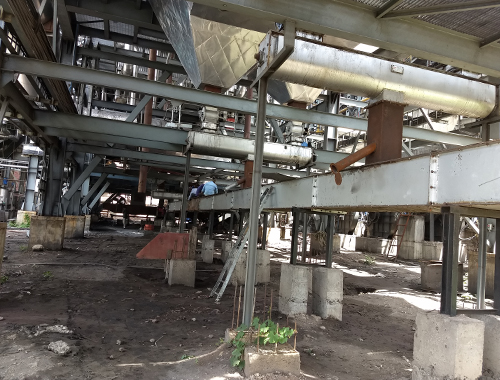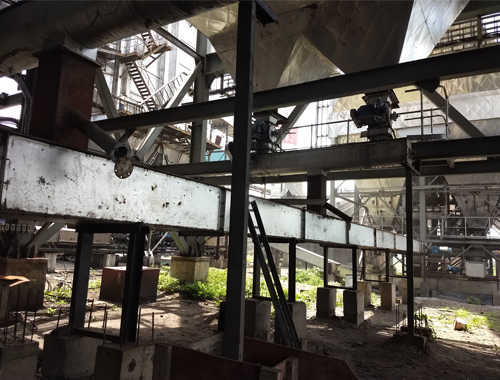We are Manufacturer, Supplier, Exporter of Ash Handling Systems and our setup is situated in Sangli, Maharashtra, India.
An ash handling Systems is a crucial component in coal-fired power plants and other industries that produce ash as a byproduct. When coal is burned, it leaves behind ash, which contains various contaminants like unburned carbon, sulfur, and heavy metals. Handling this ash is important for environmental and operational reasons.
Here are the key components and processes typically found in an ash handling Systems :
- 1. Ash Collection : Ash is collected from various parts of the boiler, including the furnace, economizer, air preheater, and electrostatic precipitator or baghouse filters.
- 2. Bottom Ash Handling : Bottom ash refers to the heavier, coarser ash that falls to the bottom of the boiler. It is usually removed using a water-filled bottom ash hopper and transported via a conveyor Systems to an ash disposal area such as an ash pond or landfill.
- 3. Fly Ash Handling : Fly ash is the finer, lighter ash that is carried out of the boiler with flue gases. It is captured by electrostatic precipitators or baghouse filters. Fly ash is usually collected in hoppers, then conveyed pneumatically or mechanically to storage silos or disposal areas.
- 4. Ash Storage : Both bottom ash and fly ash need temporary storage before final disposal. Storage can be in silos, ponds, or dry landfills, depending on the specific requirements and regulations.
- 5. Ash Disposal : Depending on environmental regulations and site-specific conditions, ash can be disposed of in several ways :
- • Landfilling : Ash is transported to a designated landfill and deposited.
- • Ponding : Ash slurry is pumped into specially constructed ponds, where it settles and solidifies over time.
- • Recycling : In some cases, fly ash can be recycled for use in concrete production or other applications, reducing the need for disposal.
- 6. Ash Conditioning : Some Systems treat ash to improve its handling characteristics. For example, ash may be conditioned with water to reduce dust emissions during handling and transport.
Effective ash handling is critical for maintaining plant efficiency, complying with environmental regulations, and minimizing the impact of coal combustion on air and water quality.





